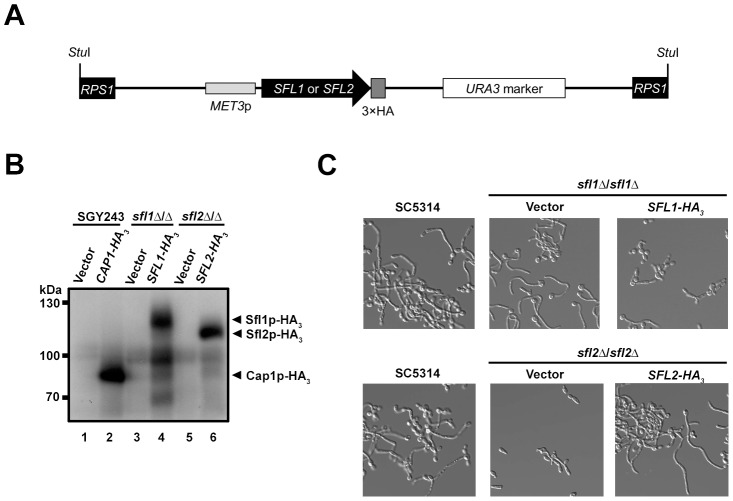Figure 1. Strategy for tagging Sfl1p and Sfl2p with a triple hemagglutinin (3×HA) epitope tag and characterization of the tagged strains.
(A) Schematic representation of the SFL1-HA3 or SFL2-HA3 tagging cassette allowing expression of the Sfl1p-HA3 or Sfl2p-HA3 fusion proteins following a StuI digestion (StuI) and integration at the RPS1 locus (RPS1, black rectangles) [42]. A triple HA tag (dark grey box) was inserted in frame with the SFL1 or SFL2 coding sequences (SFL1 or SFL2; black arrowed rectangle) in plasmid pCaEXP [42]. The tagged alleles are placed under the control of the MET3 promoter (MET3p; ligh grey rectangle), which is induced in the absence of methionine and cysteine, and are followed by the C. albicans URA3 marker (open rectangle). (B) Western blot analysis of homozygous sfl1 or sfl2 mutants (sfl1Δ/sfl1Δ or sfl2Δ/sfl2Δ) expressing HA3-tagged versions of the SFL1 or SFL2 genes, respectively (SFL1-HA3 or SFL2- HA3) together with the corresponding empty vector controls (Vector). The SGY243 strain expressing the CAP1-HA3 (CAP1-HA3) or carrying the empty vector (Vector) were used as a positive control [43]. Strains were grown overnight in SD medium (PMET3-inducing conditions) and total protein extracts were prepared then subjected to SDS-PAGE. Western blotting was performed using an anti-HA antibody. Positions of the molecular mass standards are indicated on the left (kDa). Immunopositive signals from the Sfl1p-HA3 and Sfl2p-HA3 fusions are indicated with black arrows (C) Phenotypic analysis of the strains expressing the HA3-tagged SFL1 or SFL2 alleles. Strain SC5314 (control) together with the homozygous sfl1 or sfl2 mutants expressing the SFL1-HA3 or SFL2-HA3 alleles (SFL1-HA3, SFL2-HA3), respectively, or carrying the empty vector (Vector) were grown overnight in YPD at 30°C then transferred to Lee's medium lacking methionine and cysteine and allowed to grow during 4 h at 37°C before being examined microscopically (40× magnification).

